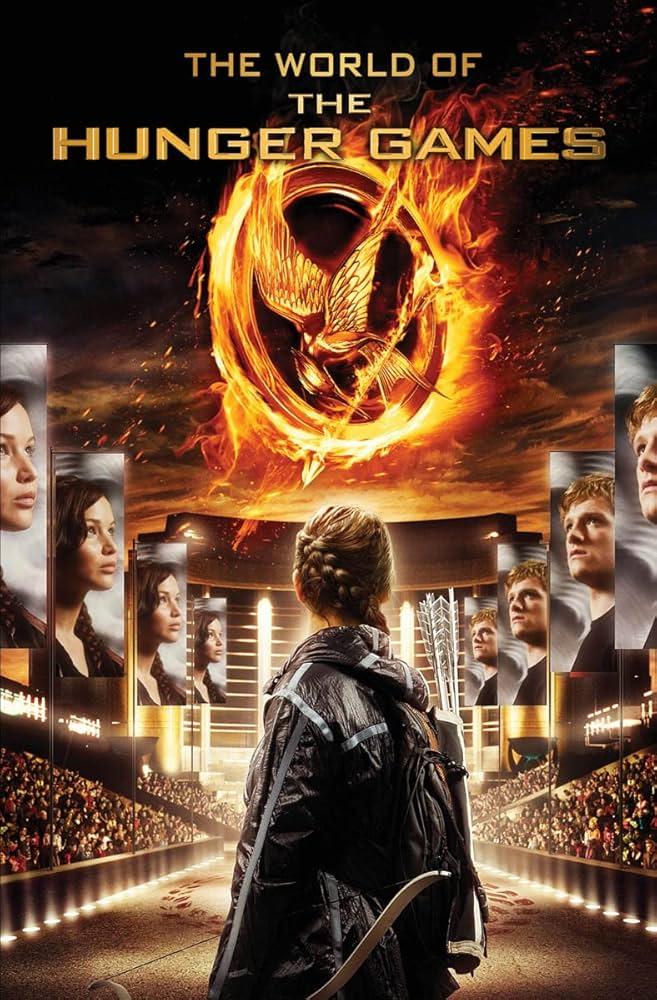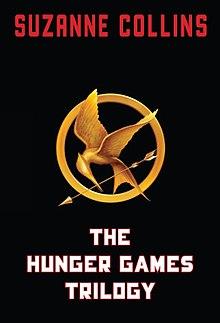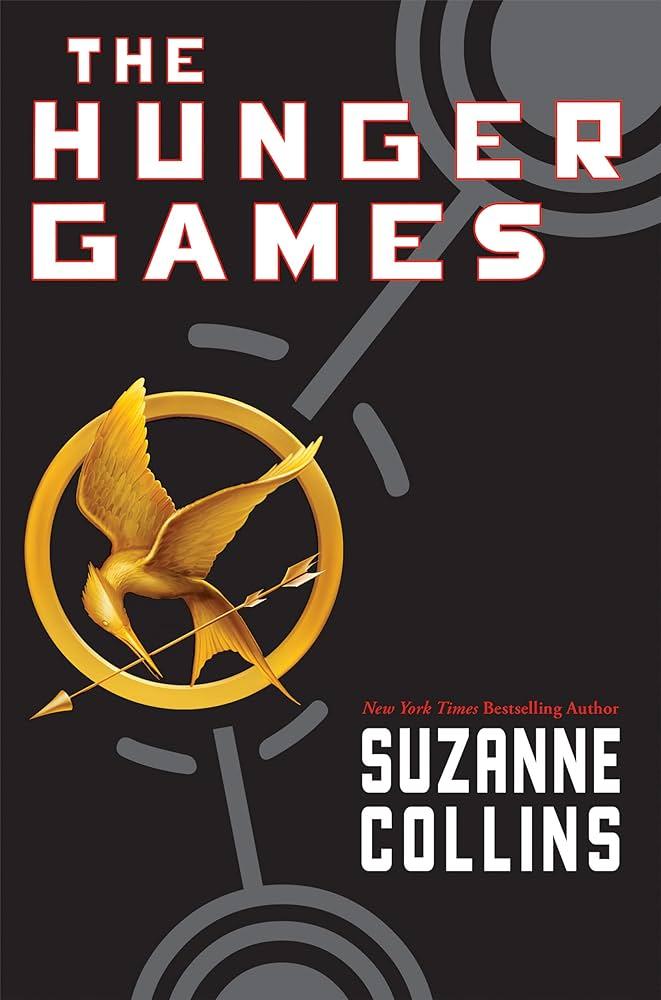The Hunger Games trilogy, penned by Suzanne Collins, has captivated a global audience with its gripping narrative and complex characters, establishing itself as a cornerstone of young adult (YA) literature. Set in a dystopian future where children are pitted against each other in a televised fight to the death, the series explores themes of survival, power, and resistance. However, its portrayal of violence has sparked an ongoing debate: does The Hunger Games overemphasize violence for its intended YA audience? This article aims to explore this question by analyzing the narrative’s thematic intentions, its impact on readers, and its place within the broader context of YA literature. Through an examination of the trilogy’s use of violence as a narrative device, we will consider whether it serves as a necessary reflection of its dystopian setting or if it crosses the threshold into gratuitousness, ultimately questioning the implications of such portrayals for young readers.
Exploring the Role of Violence in Young Adult Literature
In Suzanne Collins’ trilogy, the depiction of violence is not merely for shock value or gratuitous entertainment; it serves as a critical lens through which readers can explore complex societal issues. The Hunger Games series delves into themes of oppression, survival, and the moral ambiguity of warfare. Through the protagonist, Katniss Everdeen, the series explores the psychological impact of violence on young individuals, raising questions about its necessity and the ethical boundaries it often transgresses. This portrayal can be unsettling, yet it also acts as a mirror reflecting the harsh realities that echo historical and contemporary conflicts.
- Moral Complexity: The series challenges readers to consider the fine line between survival and humanity, examining how characters justify violent actions in the name of a greater good.
- Societal Critique: Violence is used as a metaphor for the power dynamics and control exerted by totalitarian regimes, encouraging readers to critically assess similar structures in the real world.
- Character Development: The impact of violence is intricately woven into the character arcs, illustrating how trauma shapes identities and choices, ultimately fostering resilience and empathy.
While some may argue that the series overemphasizes violence, it is essential to recognize that this intensity is a deliberate narrative strategy. It compels readers to engage with uncomfortable truths and prompts a deeper understanding of the personal and societal consequences of violence.

The Impact of Violent Themes on Young Readers
In exploring the potential impact of violent themes on young readers, it’s crucial to consider the psychological and emotional development stages typical of young adult audiences. The Hunger Games Trilogy presents a dystopian world where violence is a tool for control and survival. Such themes, while intense, can be a double-edged sword. On one hand, they might desensitize young readers to violence, possibly leading to an altered perception of aggression and conflict resolution. On the other hand, these themes can serve as a catalyst for critical thinking and empathy, prompting readers to question the morality of violence and the value of human life.
- Desensitization: Frequent exposure to violent scenarios might dull emotional responses, making real-world violence seem less shocking.
- Empathy Development: Readers may develop a deeper understanding of the consequences of violence, fostering compassion and a desire for peace.
- Moral Exploration: The narrative invites readers to grapple with complex ethical dilemmas, encouraging nuanced views on justice and power.
Ultimately, the impact of such themes largely depends on individual interpretation and the context in which the series is read. Parental guidance and open discussions can help mitigate potential negative effects, transforming a violent narrative into a powerful educational tool.

Balancing Storytelling and Sensitivity in The Hunger Games
Striking a balance between gripping storytelling and maintaining sensitivity to the young adult audience is a challenge that The Hunger Games trilogy navigates with varying degrees of success. Suzanne Collins crafts a dystopian world where violence is not just a backdrop but a central narrative force. This portrayal serves to illuminate the brutality of a totalitarian regime and the moral complexities faced by its characters. However, the depiction of violence can at times feel relentless, prompting questions about its necessity and impact on young readers.
Key Considerations:
- The narrative’s intense focus on violence highlights the desensitization of society, serving as a powerful critique of media consumption and authoritarian control.
- Collins provides moments of introspection and emotional depth, which offer a counterbalance to the graphic content and invite readers to reflect on the cost of violence.
- The trilogy’s approach to violence can be seen as a tool for engagement, encouraging readers to grapple with complex themes of power, survival, and resistance.
By weaving these elements together, the series challenges its audience to consider the consequences of violence, both in the fictional world of Panem and in their own lives.

Recommendations for Parents and Educators Engaging with Violent Content
Engaging with young adult literature like The Hunger Games requires a nuanced approach to ensure that the violent themes are contextualized and understood appropriately. Here are some recommendations for parents and educators:
- Facilitate Open Discussions: Encourage conversations about the underlying themes of violence and survival. Discuss how these themes relate to real-world issues and what lessons can be learned.
- Promote Critical Thinking: Challenge young readers to analyze the characters’ decisions and the societal structures depicted in the series. This helps develop their ability to critically assess the media they consume.
- Provide Historical Context: Relate the fictional events to historical or current events to offer perspective. This can help young readers understand the impact of violence in a broader context.
By taking these steps, parents and educators can transform the experience of reading The Hunger Games from a passive consumption of violent content into an active, educational dialogue.
